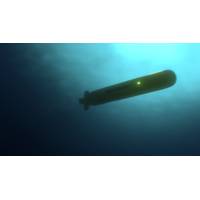
How AUVS Can Spot Oil Plumes After an Ocean Spill
the composition of the oil itself.Into the depthsWe’ve carried out several marine oil pollution search missions using proxies for the oil in a sheltered coastal environment in Holyrood Bay, N.L. One of these was to design a search pattern that maximized spatial coverage, and reduced the total search time and distance travelled needed to find an oil spill of interest. Another tested the effectiveness of the backseat driver control to direct the AUV.The tracking missions have been successfully tested in computer simulations and will be deployed in coastal waters where micro-air bubbles will be used

MetOcean Wins USCG Contract to Supply SAR Buoy
as the iSLDMB.The United States Coast Guard is a a core-user of the iSLDMB, and during an active SAR event, the MetOcean iSLDMB allows Coast Guardsto quickly travel to the event location via aircraft and then deploy the buoys by air in the region of interest, helping to significantly reduce overall search time. Each buoy provides vital real-time data at the top 1 meter of the ocean surface, a critical measurement parameter when accurately detecting a person or asset lost at sea.Each buoy is equipped with an Iridium satellite transceiver, GPS, lightflasher, air, and sea surface temperature sensor
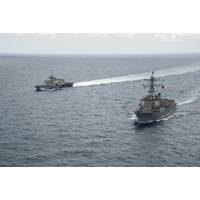
US Navy Ships Exit AirAsia Search
ocean floor and provided highly accurate imagery of significant objects for further analysis. Over the course of the operation, the MDSU 1 team conducted 78 hours of side scan sonar operations over 12 square nautical miles. The MDSU divers also used the AN/PQS-2A passive sonar system for 17 hours of search time over 24 square nautical miles in an attempt to listen for the black box pings. The MDSU 1 team also employed a remotely operated vehicle with an underwater video camera to investigate objects detected by the Two Fish system. The two MH-60R helicopters aboard Sampson and one MH-60R
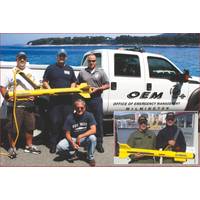
Military, Government Agencies Utilize Side Scan Sonars
. The acoustic beam reflects off any objects lying there and the data is sent topside where vivid color images are displayed and stored on a laptop computer. Side scan can easily locate a variety of targets including sunken boats, submerged vehicles and drowning victims. The sonar saves hours of search time while also increasing the safety factor. Towing a side scan over an area produces a detailed map of the underwater terrain so divers know exactly what’s down there before entering the water. Even in zero visibility the images can be almost photographic quality. Some sonars also allow vertical
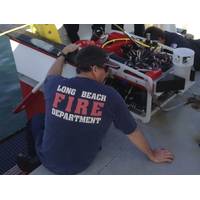
Life or Death in the Golden Hour
under water within the ‘Golden Hour’ determines whether a mission is a rescue or a recovery. This life or death moment is given fresh hope with a technological breakthrough by the Los Angeles Long Beach Fire Department and Saab Seaeye engineers. The joint initiative hopes to cut the search time from an average of three hours, to less than 30 minutes using a cleverly modified Falcon ROV that can rapidly sweep the area. Lives could be saved around the world if this system is adopted widely by rescue services, Saab Seaeye said. However, both teams initially faced an insurmountable technical
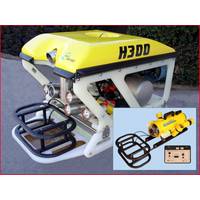
Metal Detector Adds Capability to ROVs
; Department in Texas have the detector mounted on a Fisher SeaOtter-2 ROV, a vehicle less than 2 feet long and weighing only 43 pounds. The system allows the department’s Underwater Recovery Team to hunt for weapons and other types of metallic evidence without deploying a diver, reducing search time and increasing safety. When the detector passes over a piece of metal, a meter on the topside control unit swings up and an audio alarm sounds off, notifying the operator a target has been found. Lt. Joe Escribano reports, “We are extremely pleased with the system. It has saved hundreds



 February 2024
February 2024





